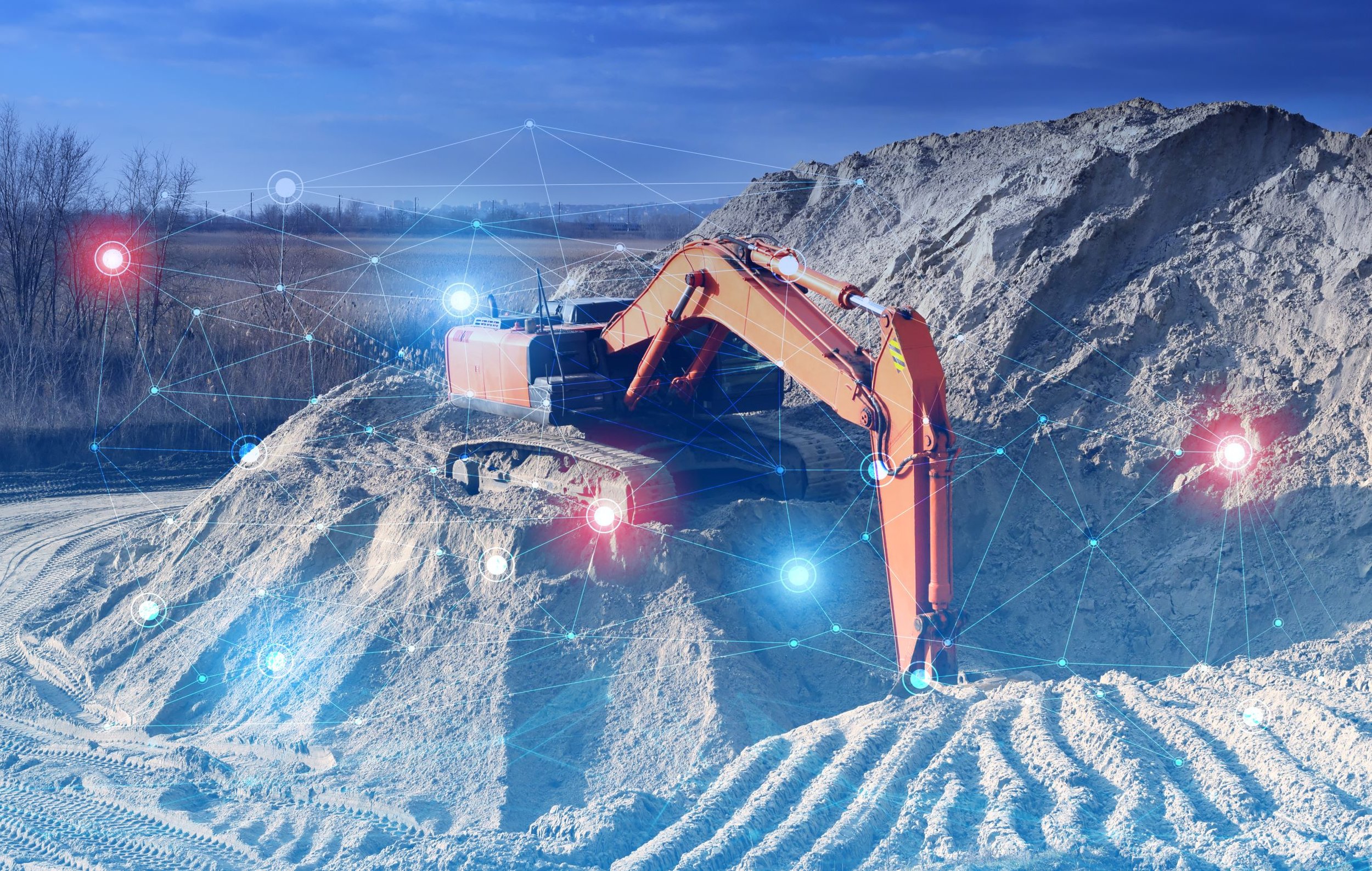ADVANCES IN EARTHMOVING CONSTRUCTION: GPS JOINS THE 90’S SCENE
In our previous blog, Earthmoving in Construction: Where and How it all Began, we highlighted some of the equipment and tools used in construction projects dating as far back as B.C. The advancements that have been made from then to now are incredible. We all know that computers are significant in today’s world, and its impact on the construction industry is no exception. Whether it is the computer systems that are being used to design projects or the machinery used to build them, computers are critical to the project’s success. For example, the days of designing sites using hand-drawings or blueprints are long gone, and that includes redlines of the blueprints which were replaced by As-Builts. Systems such as computer-aided designs (CAD) have taken the place of blueprints and become more sophisticated from year to year. Another example is known as CIM. This revolutionary system provides a holistic approach to designing and building sites. With this construction technology, a project is designed and constructed virtually on a computer software program before heavy equipment even touches the dirt. Computers have brought numerous benefits to the construction industry resulting in better project management, safer work environments, and higher profits.
Lasers in Construction Technology
In the 1970s, mechanical innovations allowed lasers to be more useful in construction. Lasers were used for getting straight lines and elevation leveling (rotary laser). Up until 1990, the HeNe, or helium-neon laser tube, was the basis of all interior lasers. According to Greg Petersen, marketing services manager for AGL Lasersource, “it was the Cadillac of lasers.” It was bright, accurate, and sharply focused. The first visible laser diode was introduced in the first part of the decade. “It’s hard to see, and it had a lousy spot,” says Dennis House, advertising manager at Topcon Laser Systems. However, visible diode lasers were more affordable and outlasted the HeNe laser by 100x and therefore rose to the top as a leader in lasers. There are many lasers available on the market today for use in construction projects. They vary in sizes, functionalities, and prices. The advancements in laser technology led to laser scanning, which is popular in construction technology today. By definition, laser scanning is the controlled deflection of laser beams, visible or invisible, used in various equipment.
Photogrammetry and Lidar
You may be familiar with the term photogrammetry, as it has been around for hundreds of years. Its uses, however, have continued to evolve. Photogrammetry is the science and technology of obtaining reliable information about physical objects and the environment through recording, measuring, and interpreting photographic images and patterns of electromagnetic radiant imagery and other phenomena. Today, photogrammetry is used in many ways in construction technology, including Lidar and 3-D digital modeling. One standard methodology that is used today is known as Lidar. Lidar is a method for measuring distances by illuminating the target with laser light and measuring the reflection with a sensor. The differences in laser return times and wavelengths can then be used to make 3-D representations of the target, and it is often used to make high-resolution maps.
Construction Technology and GPS
We all use GPS, and many of us can’t easily get from point A to point B without it. Owned by the U.S. Government and operated by the U.S. Space Force, GPS is a satellite-based radio navigation system. GPS is critical to the military, civil and commercial users worldwide. When you think about its applications to the earthmoving industry, GPS is a significant asset to contractors. It improves the overall efficiency of the job, but GPS guidance systems have been added to heavy equipment since the late 1990s.
As a result of this, equipment operators can more effectively make decisions based on actual grade and design features, which often leads to less surveying and lower material costs because the GPS equipped machine detects variances from finish grade.
Our industry has benefited greatly from all the above advancements in construction technology. It’s exciting to think about how far we have already come and how much further we will continue to go. Next week, come back to read about the future of earthmoving construction.
Learn how ECI Technologies utilizes GPS and Photogrammetry to seamlessly integrate with earthmoving contractors’ and excavators’ existing workflow. We can help you with the right data to increase efficiency and profitability on your construction projects.
Leveraging Technology in Earthwork leads to increased profits

